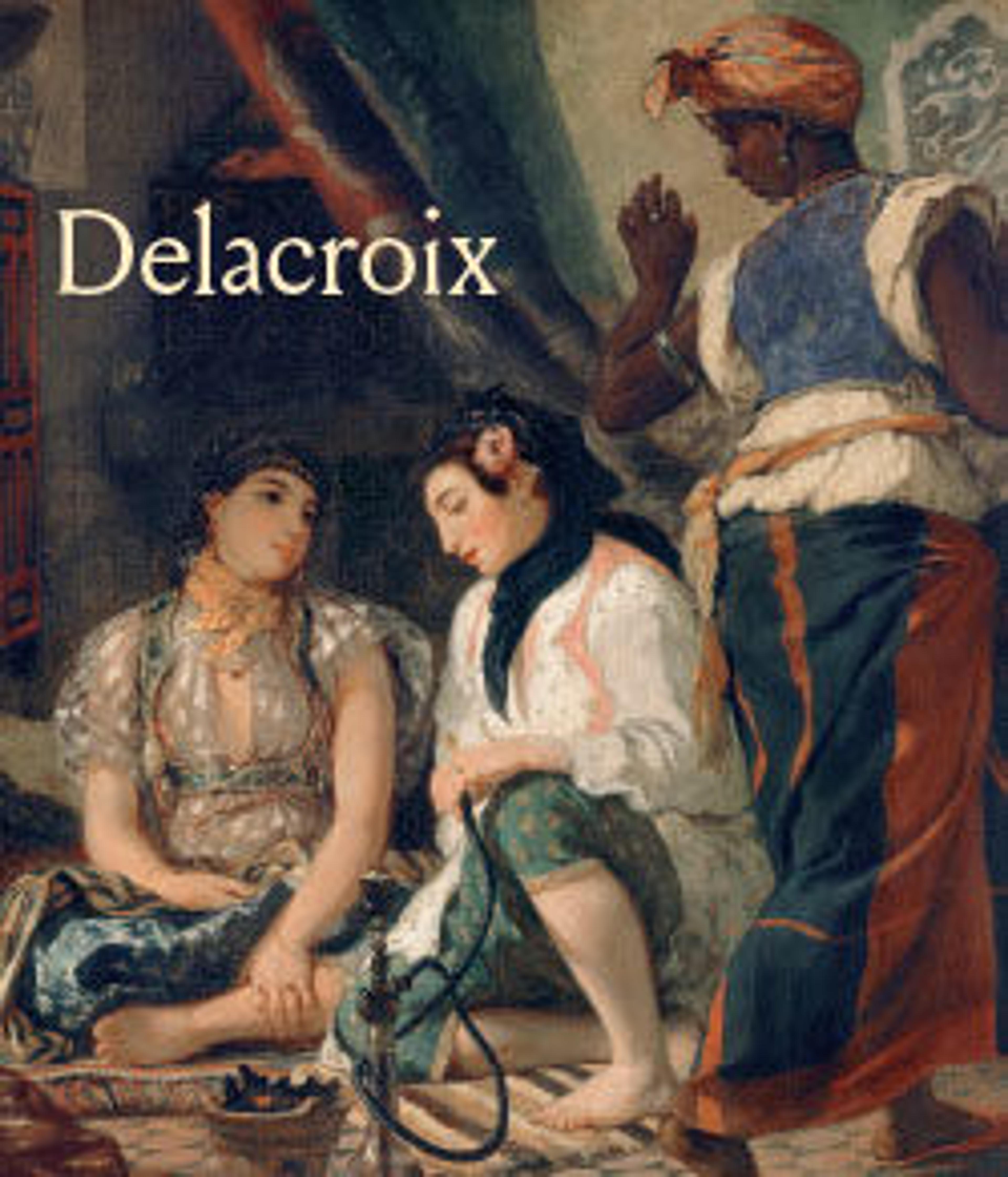Combat of the Giaour and the Pasha
The Oriental subjects of early-nineteenth-century authors provided a source of inspiration for Romantic painters. Lord Byron's Giaour was a favorite of both Gericault and Delacroix. Byron claimed that the tale of a tragic love triangle, involving the Giaour (infidel), the Pasha Hassan, and the Pasha's beautiful concubine, was based on the story of a young Venetian overheard in a Levantine coffee house. Soon after the publication of the French translation in 1823, Delacroix read the poem and noted in his journal the "exchange of two stares, that of the dying man and that of the murderer." This vigorously rendered lithograph captures the confrontation between the Pasha, whose angry stare glazes over as he succumbs, and the Christian, who confronts his own deed with horror.
Artwork Details
- Title: Combat of the Giaour and the Pasha
- Artist: Eugène Delacroix (French, Charenton-Saint-Maurice 1798–1863 Paris)
- Date: 1827
- Medium: Lithograph; first state of two
- Dimensions: Sheet: 16 × 11 in. (40.6 × 27.9 cm)
- Classification: Prints
- Credit Line: John J. McKendry Fund, 1996
- Object Number: 1996.424
- Curatorial Department: Drawings and Prints
More Artwork
Research Resources
The Met provides unparalleled resources for research and welcomes an international community of students and scholars. The Met's Open Access API is where creators and researchers can connect to the The Met collection. Open Access data and public domain images are available for unrestricted commercial and noncommercial use without permission or fee.
To request images under copyright and other restrictions, please use this Image Request form.
Feedback
We continue to research and examine historical and cultural context for objects in The Met collection. If you have comments or questions about this object record, please contact us using the form below. The Museum looks forward to receiving your comments.
